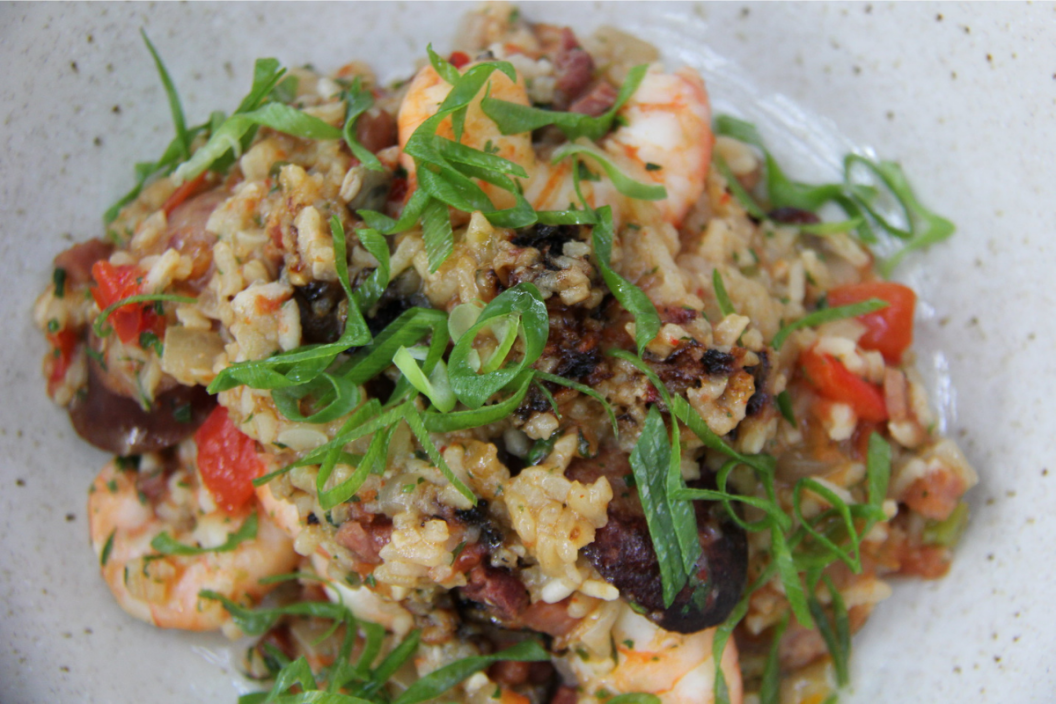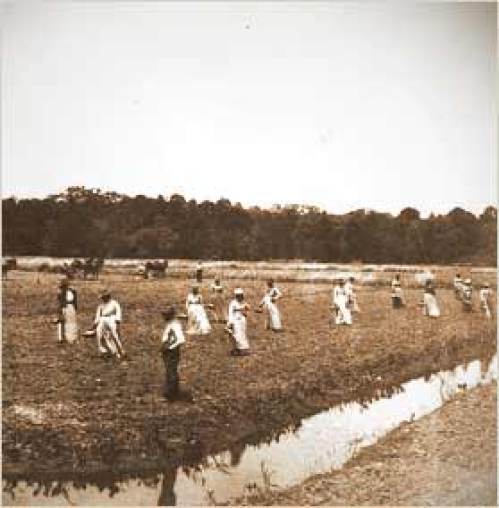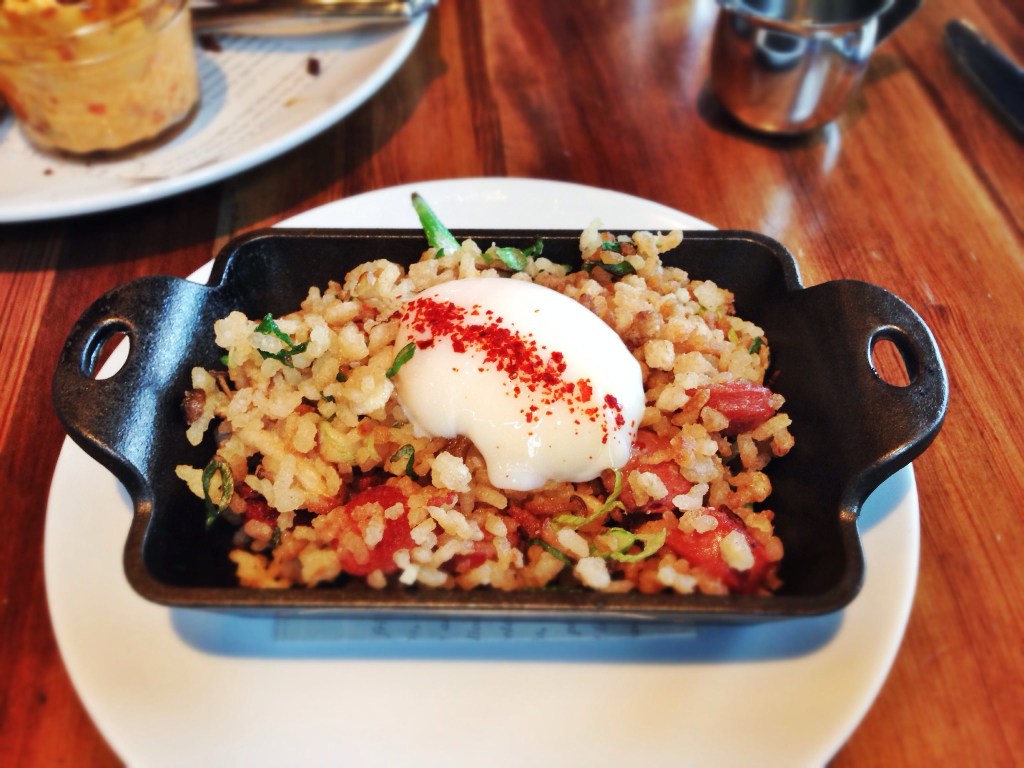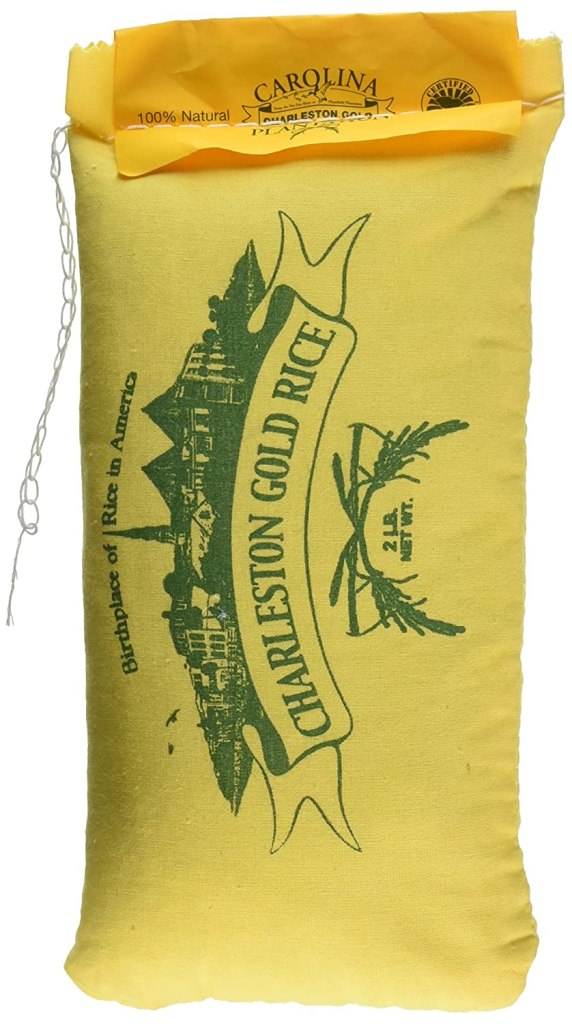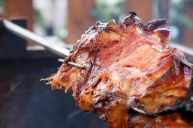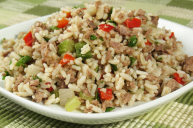There are many foods and dishes that we enjoy with no understanding how they came to be a staple of American cuisine. In the Netflix series, High on the Hog, the history of foods such as oysters, yams, and more are shown to originate with African American cooking. Carolina Gold rice is one such delicacy that has its roots in African cooking and was brought over and popularized by African slaves.
Carolina Gold Rice
Carolina Gold rice is considered the grandfather of long-grain rice in the Americas, beloved for its fluffy texture and nutty flavor. This flavorful rice variety has distinctively floral notes and a sweet finish. However, there's more to this distinctive rice variety than its wonderful flavor. Carolina Gold, also called "golden seed" rice, was brought to Charleston, South Carolina back in 1685.
As the story goes, a merchant ship needed repairs, so the captain stopped in Charleston. He paid for his repairs with some rice seed he had on board from Madagascar. Eventually, a man planted the rice seed in his marshland and was blown away by its distinctive flavor and lovely golden stalks. And so the delicious species of rice was discovered in America for the first time! As exciting as the discovery of a delectable rice species was, the rest of the story is less than uplifting. It turns out that the success of Carolina Gold rice is due to the labor of slaves throughout the south.
The Origin of Carolina Gold Rice
The first episode of High on the Hog focuses on Benin, West Africa, which was a major port in the transatlantic slave trade. Many West African food staples, like rice, beans and peas, are also popular in American cuisine. The series shows this link, explaining that African slaves brought over many of our primary foods along with the knowledge of how to grow them.
"So part of what has been lost in this story is just a complete marginalization of how important the rice trade was in establishing the wealth of the country, but also how the African American people, the enslaved Africans, who grew that wealth did so not just with our bodies, but principally with our knowledge," Sattenfield explained in an interview with Variety.
Carolina Gold rice remained America's primary rice crop until the Civil War, when the end of slavery took away the enslaved crop growers. Along with this, other strains of rice were introduced, and harvesting machinery was created for rice production.
Although these events made the yummy rice less common, it continued to be a staple in many Lowcountry families. This special rice also lived on through community cookbook rice dish recipes like grits, pilaus, risotto, and chicken bogs, along with in the memories of those who grew up with it. There were also many recipes centered on wild-rice-fed ducks, which apparently tasted delicious in comparison to other ducks.
The Duck Hunter
One Southerner whose curiosity was sparked by the rumored rice-fed ducks was "the duck hunter" Dr. Richard Schultz, from Savannah, Georgia. He decided to plant some rice in ponds on his South Carolina property to better understand the Carolina Gold rice. In the mid-'80s, Schulze obtained the rice seed from the USDA and planted 14 pounds of it.
The next year, Dr. Schultz harvested 64 pounds of heirloom rice, and in a few years he was harvesting 10,000 pounds. The doctor donated his rice to the Savannah Association for the Blind, who sold the crop. Then, years later, a man named Glenn Roberts decided to create a stronger variety of the legendary rice.
Working with Merle Shepard of Clemson University and a group of food scientists, he began growing the more disease-resistant crop in the late '90s in rice fields throughout South Carolina, North Carolina, Georgia, and Texas. Along with this, the company Carolina Plantation Rice grows the rice species on a historic plantation in South Carolina.
Make Your Own Carolina Gold Rice
Along with these efforts, Roberts and others founded the Carolina Gold Rice Foundation, a nonprofit that improves the quality of Carolina Gold. The foundation has created a variety of the classic Carolina Gold called Charleston Gold rice, sold by Anson Mills and Carolina Plantation. The product is said to taste similar to Indian basmati rice, and is more aromatic and flavorful than white rice or brown rice. This special heirloom grain is unlikely to be found in a regular grocery store, but it can be bought at gourmet stores, along with online at ansonmills.com or Amazon.
If you have a hankering to try this legendary rice variety, here's a classic recipe for Carolina Gold rice, also known as "Charleston ice cream." Flavored simply with black pepper, butter and sea salt, a bite of this Southern dish shows why Carolina Gold rice became so popular. However, it shouldn't be enjoyed without giving a thought to the African slaves whose labor made it into the iconic food that it is today.
